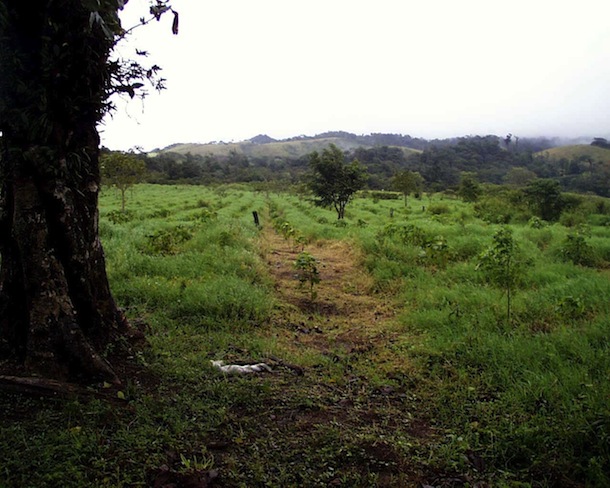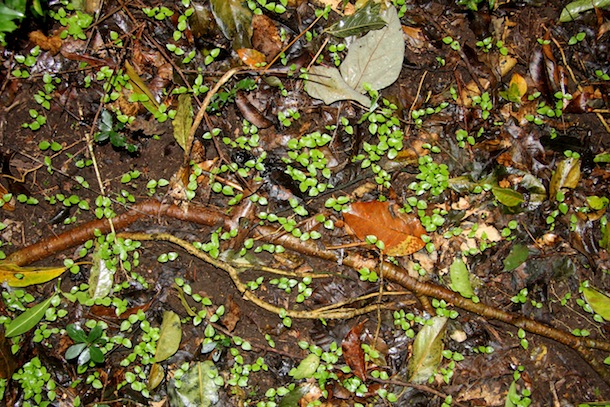Management means different things to different people in different places, and especially with reference to forest ecosystems where everyone is attempting to fulfill a human agenda, rather than that of the forest. Facilitating the forest and its survival in one of the most rural regions of Costa Rica, with a matrix of land ownership histories, and surrounded by an intensively managed agroscape, our ecosystem management strategies are "home-grown", influenced by public policy and the realities of ACG biology, and by emerging markets for ecosystem services and forest carbon storage. They are informed by the cumulative and still-growing knowledge of what lives in ACG’s wildlands, as well as by the uncertainties and mounting biological disruptions of climate change and the ever-shifting surrounding depauperate agroscape.
As an integral part of the caretaker team for roughly 14% of the land base of ACG, GDFCF helps to pioneer tropical forest restoration and know what is in that forest, cheerlead fire management and forest natural reseeding, and serve as technical advisors to the ACG staff and collaborators. A small portion of the land we supervise is enrolled in Costa Rica's national system of payments for ecosystem services (Pagos de Servicios Ambientales, or PSAs), an extremely helpful program for private landowners managing existing and recovering forests in areas of high biodiversity. The PSA system is administered by Costa Rica's National Forestry Finance Fund, or FONAFIFO, and is seen as one of the world's leading examples in creating incentives for avoided deforestation and carbon sequestration.

A gmelina planting on former cattle pasture, used to "jump-start" forest restoration. Fast-growing gmelina provides dense shade to kill the African pasture grass, offers branches for shelter and perches for birds and other seed dispersers, and provides shade and coolness for native forest trees, shrubs and vines to become re-established. In rainforest, gmelina does not reproduce and dies out naturally over 15-20 years.
